European larch
The European larch was introduced into the UK from Central Europe in the 17th century. Unusually for a conifer, it is deciduous and displays small, greeny-red cones on brittle twigs.
The European larch was introduced into the UK from Central Europe in the 17th century. Unusually for a conifer, it is deciduous and displays small, greeny-red cones on brittle twigs.
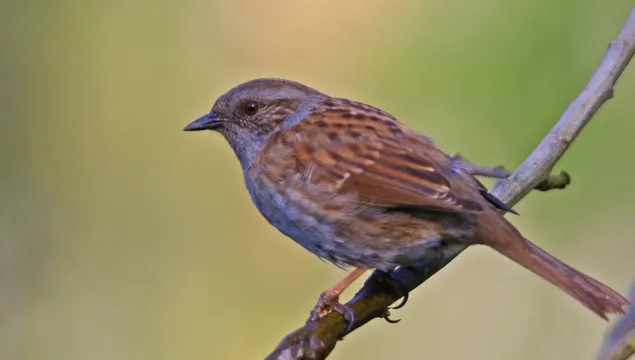
The shy dunnock can be seen hopping about under hedges as its other name, 'hedge sparrow', suggests. It inhabits gardens, woodlands, hedgerows and parks.
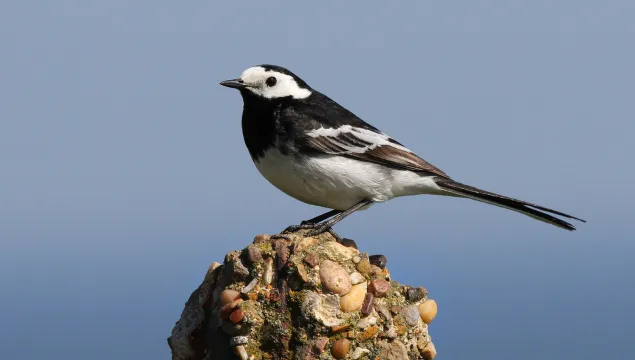
The pied wagtail is a familiar bird across town and countryside. Its black-and-white markings and long, wagging tail make it easy to identify as it hops across the road or lawn.
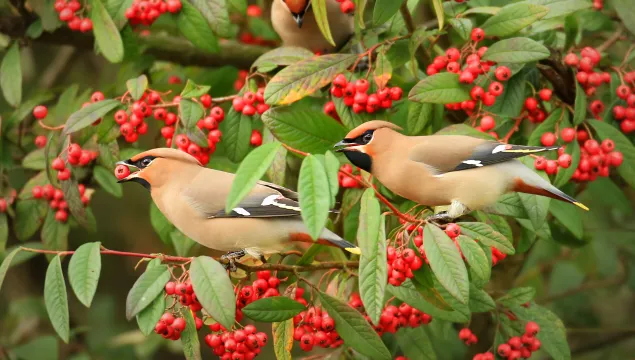
The waxwing is a colourful winter visitor. It can often be spotted in large flocks in berry-laden bushes in towns, car parks and gardens.
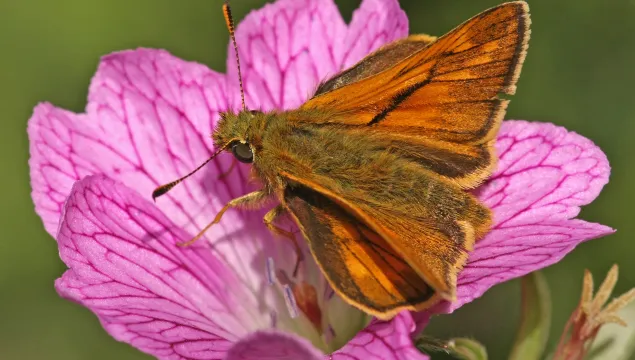
As its name suggests, the large skipper is bigger than the similar-looking small skipper! It can be seen in summer, resting on the long grass of grasslands, woodlands, verges and sand dunes.
Cushions of clover-like, pink Thrift are a familiar sight of cliffs, shingle beaches and sand dunes around the UK. Also known as 'Cliff Clover', it makes a good garden plant.
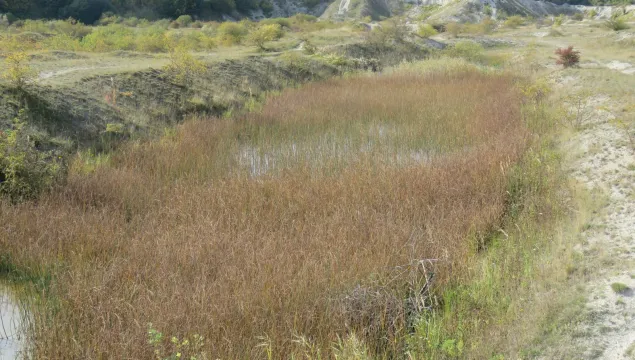
The dark green, straight and spiky stems of common club-rush or 'bulrush' are a familiar wetland sight. They are ideal for weaving and were traditionally used to make baskets, seats and mats.
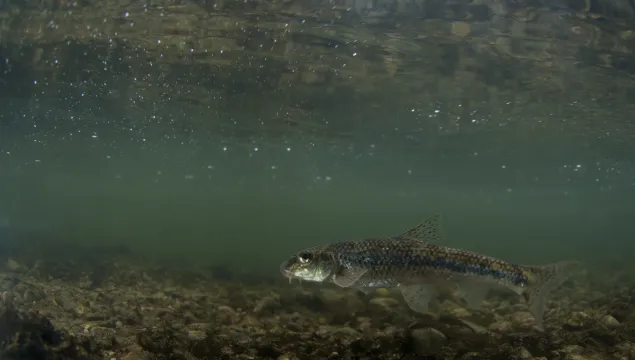
The gudgeon is a bottom-dwelling fish, similar to the stone loach, but with only two whisker-like barbels near its mouth. These sensory organs help it to find its prey in the sand and gravel of the riverbed.
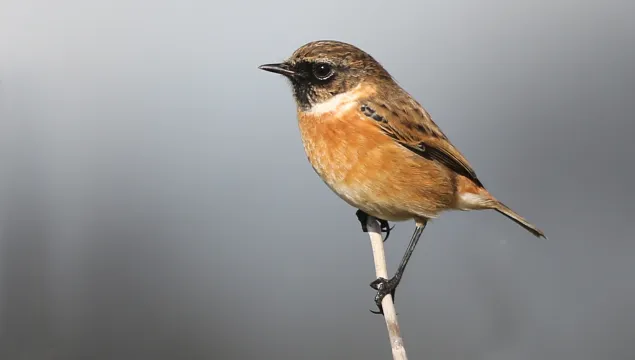
The stonechat is named for its call, which sounds just like two small stones being hit together! It can be seen on heathland and boggy habitats.

The markings of the peacock are unmistakeable - big, blue 'eyes' just like a peacock's tail feathers. It can be seen feeding on flowers all year-round during warm spells, and overwinters as an adult.
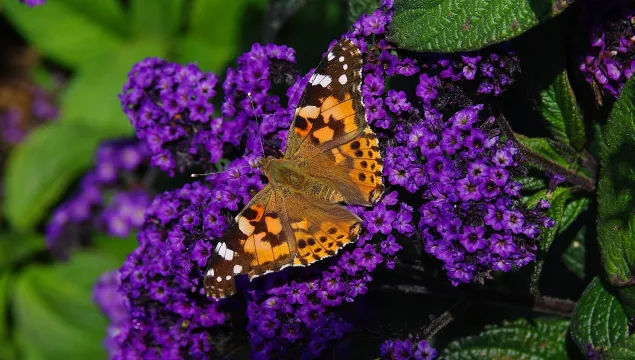
A well-travelled migrant, the painted lady arrives here every summer from Europe and Africa. This beautiful orange-and-black butterfly regularly visits gardens.
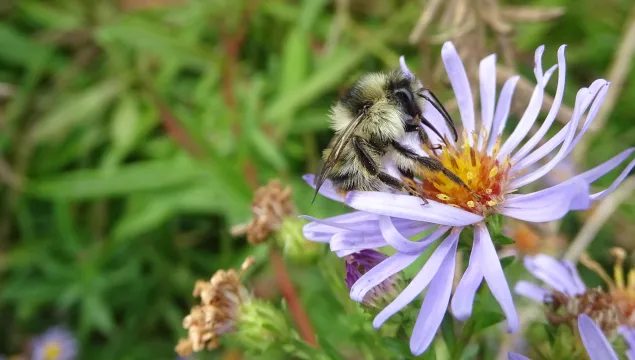
The shrill carder bee can be spotted flying quickly around flowers in unimproved pastures. The queens produce a loud, high-pitched buzz, hence the name. It is declining rapidly and is restricted to just a few locations.